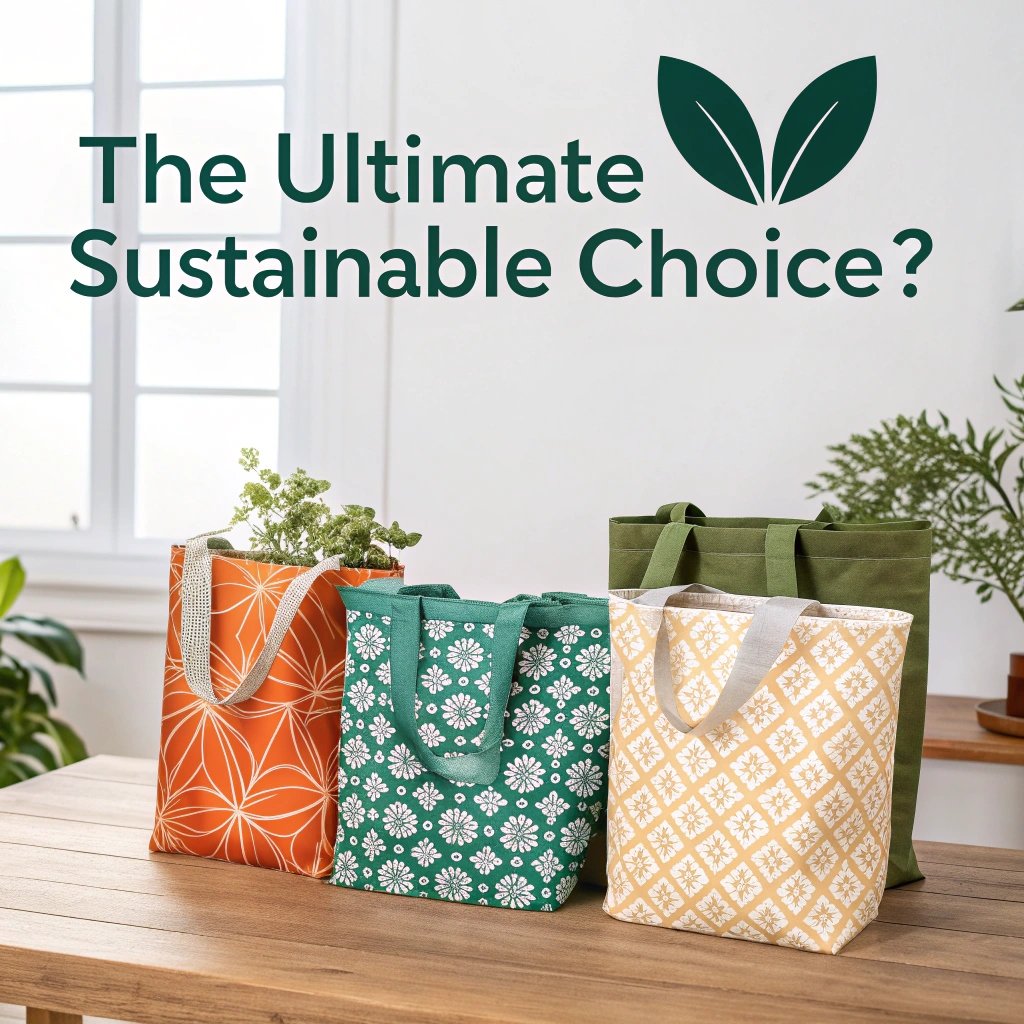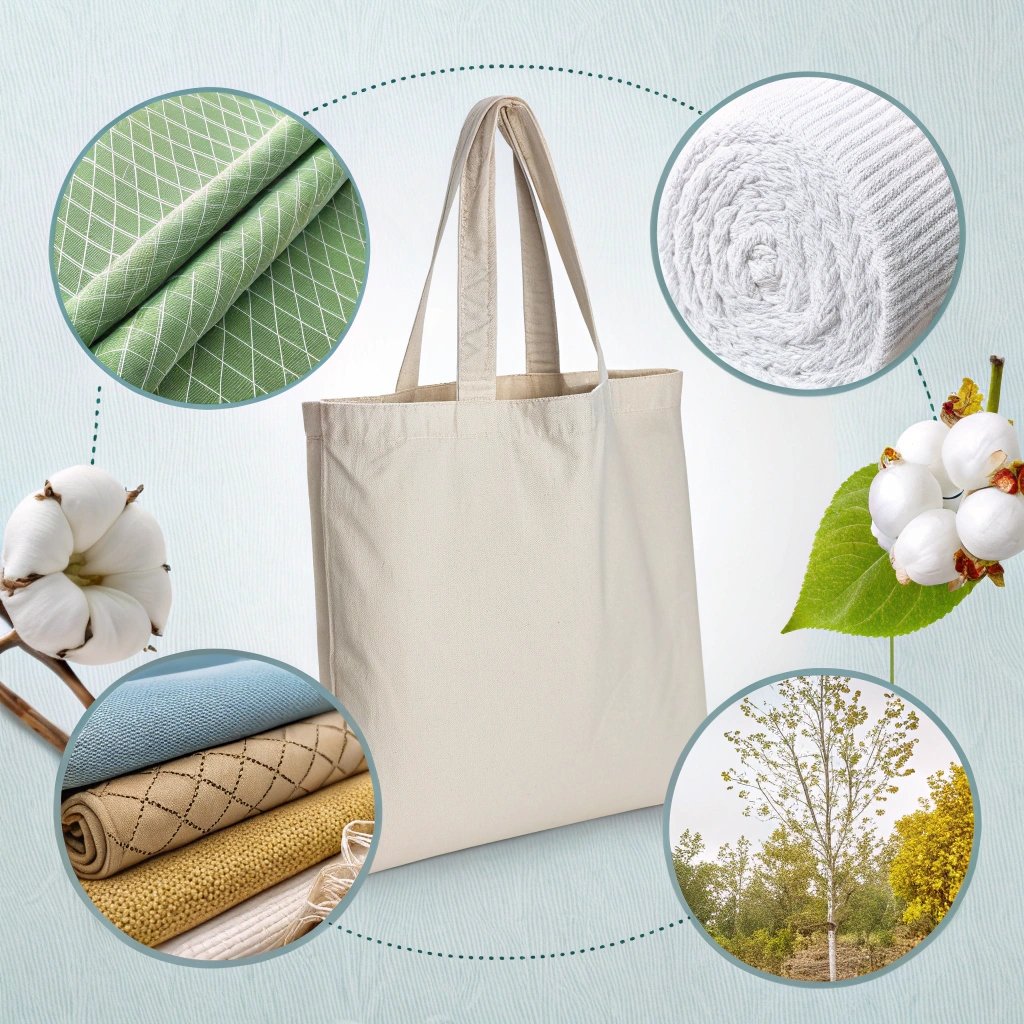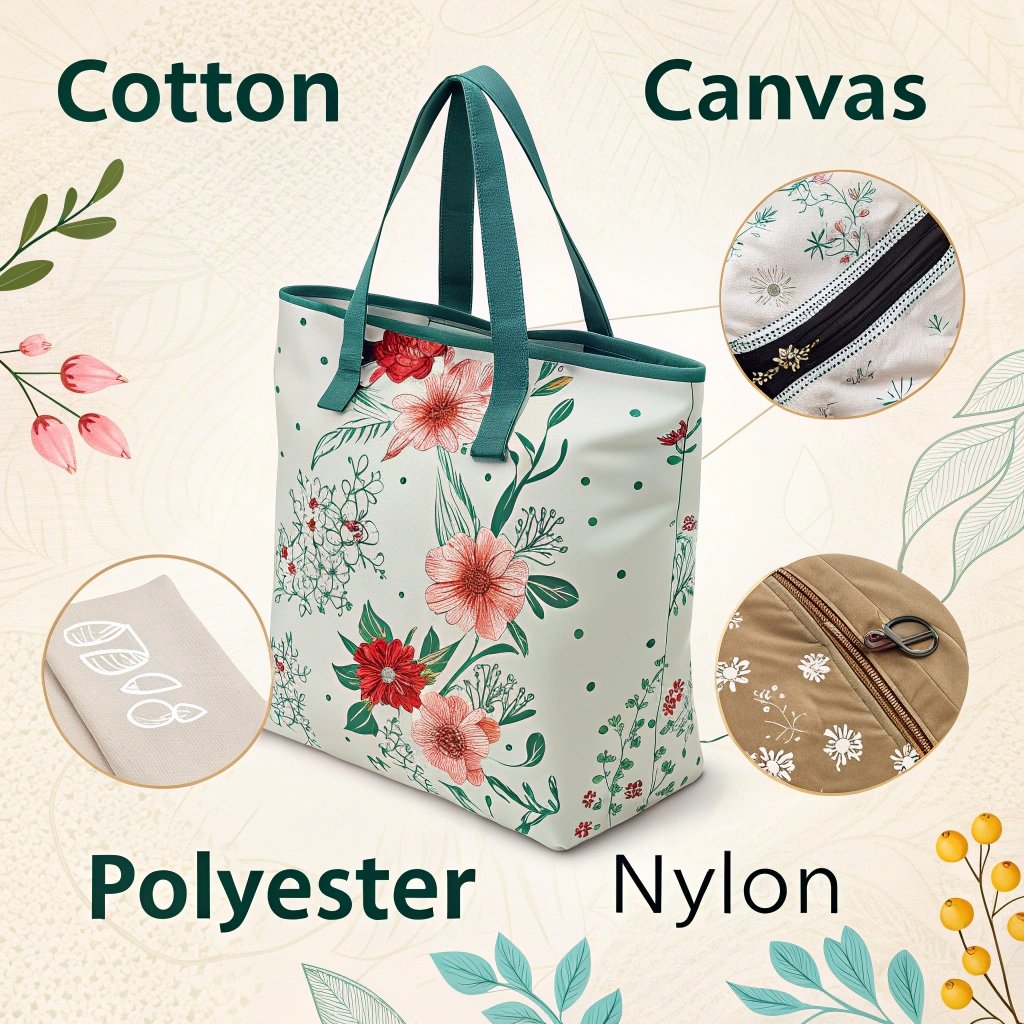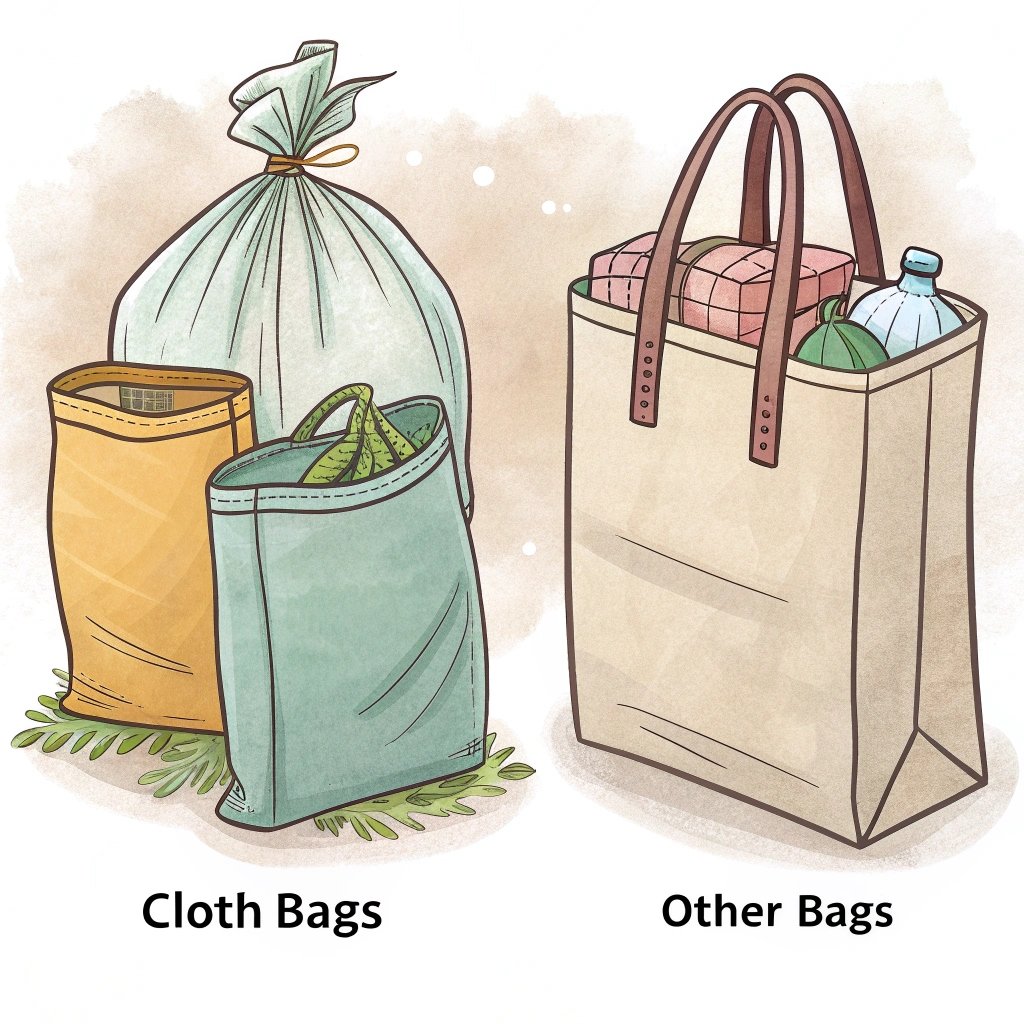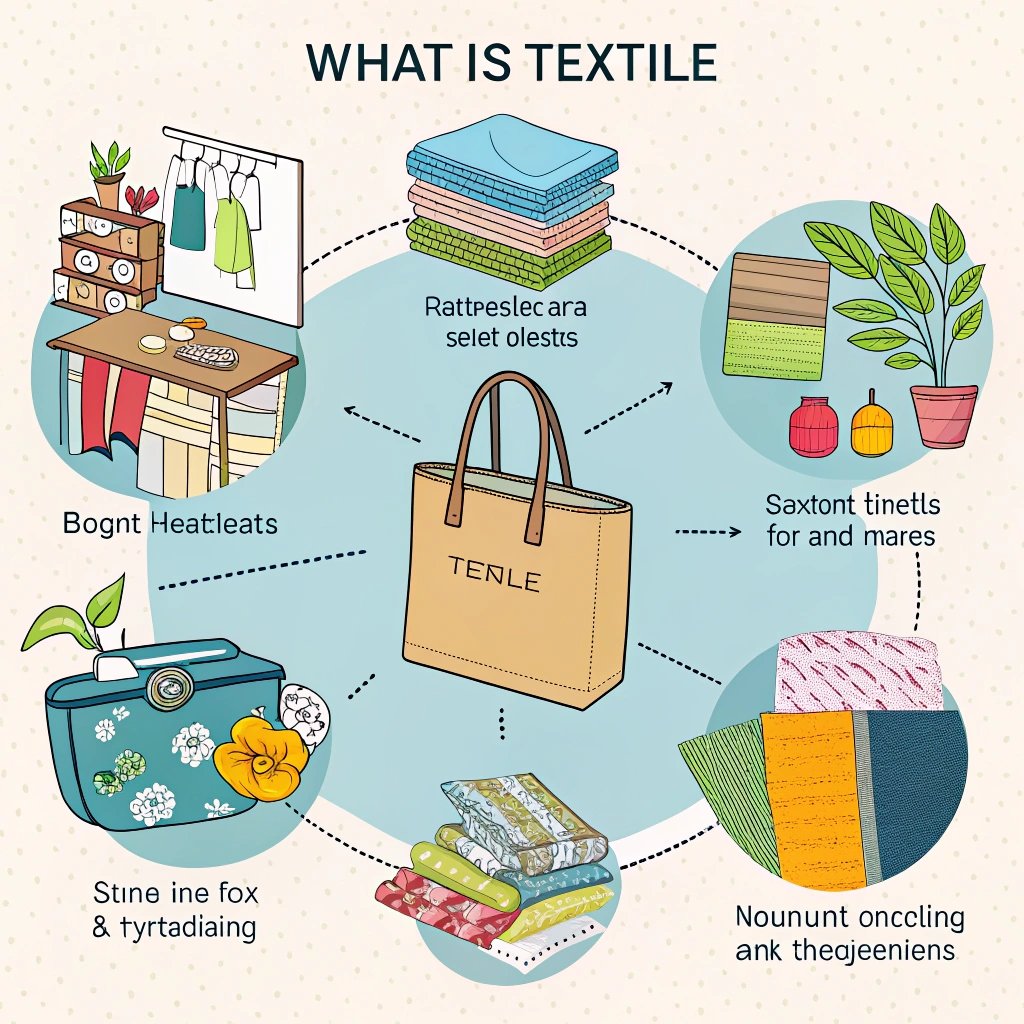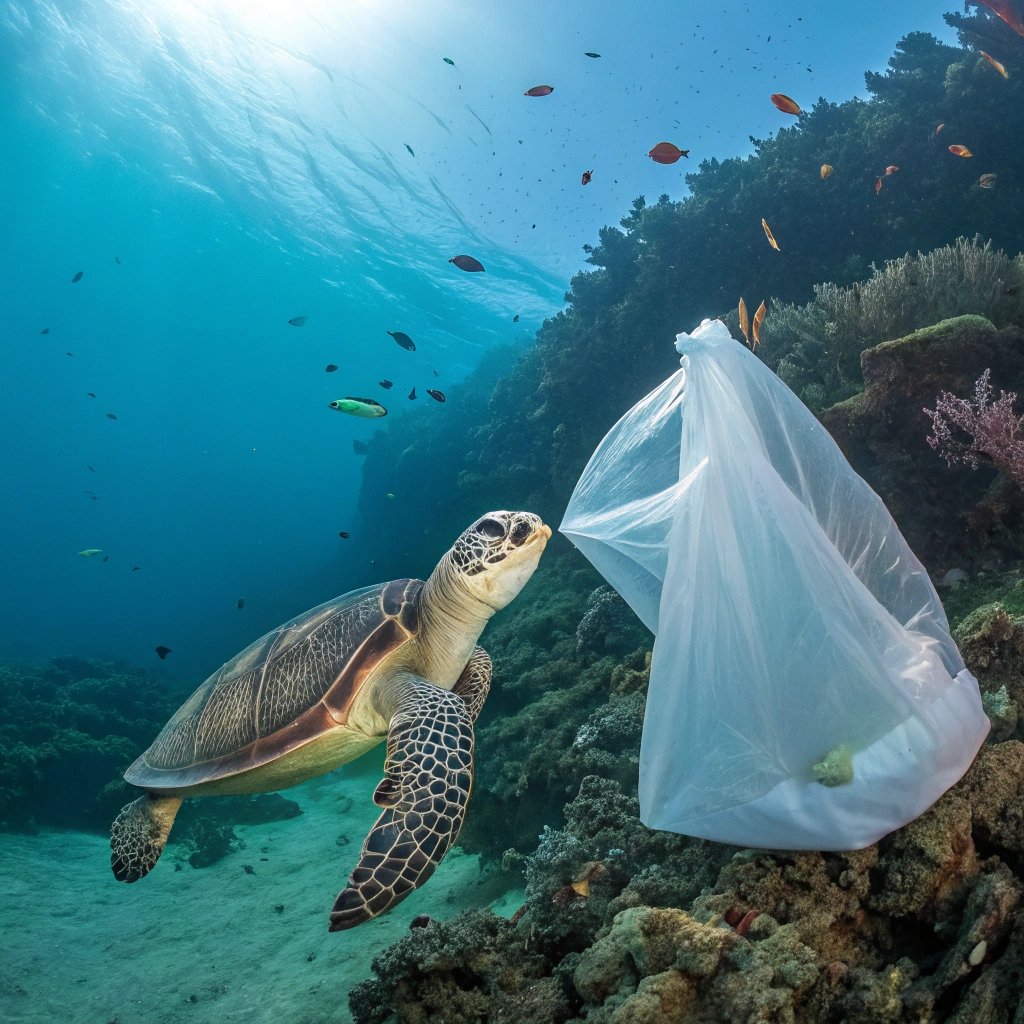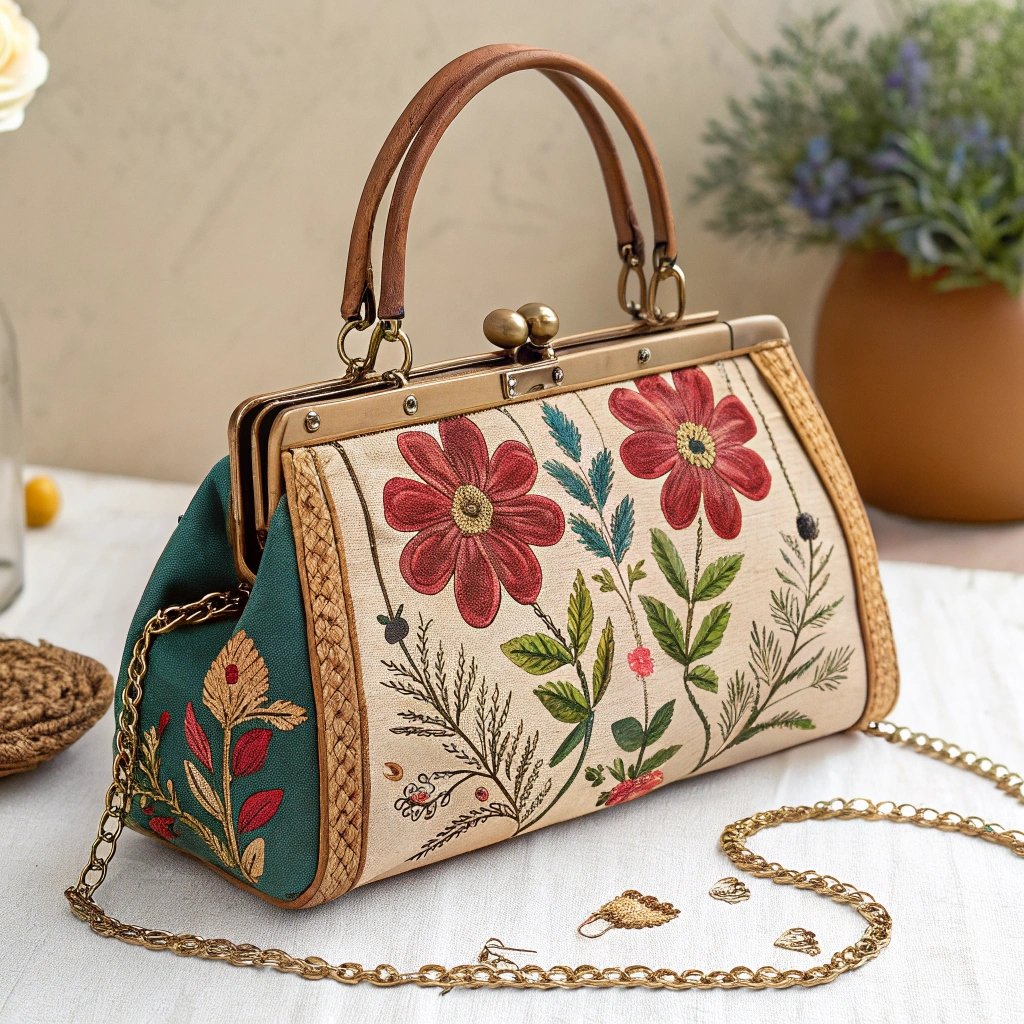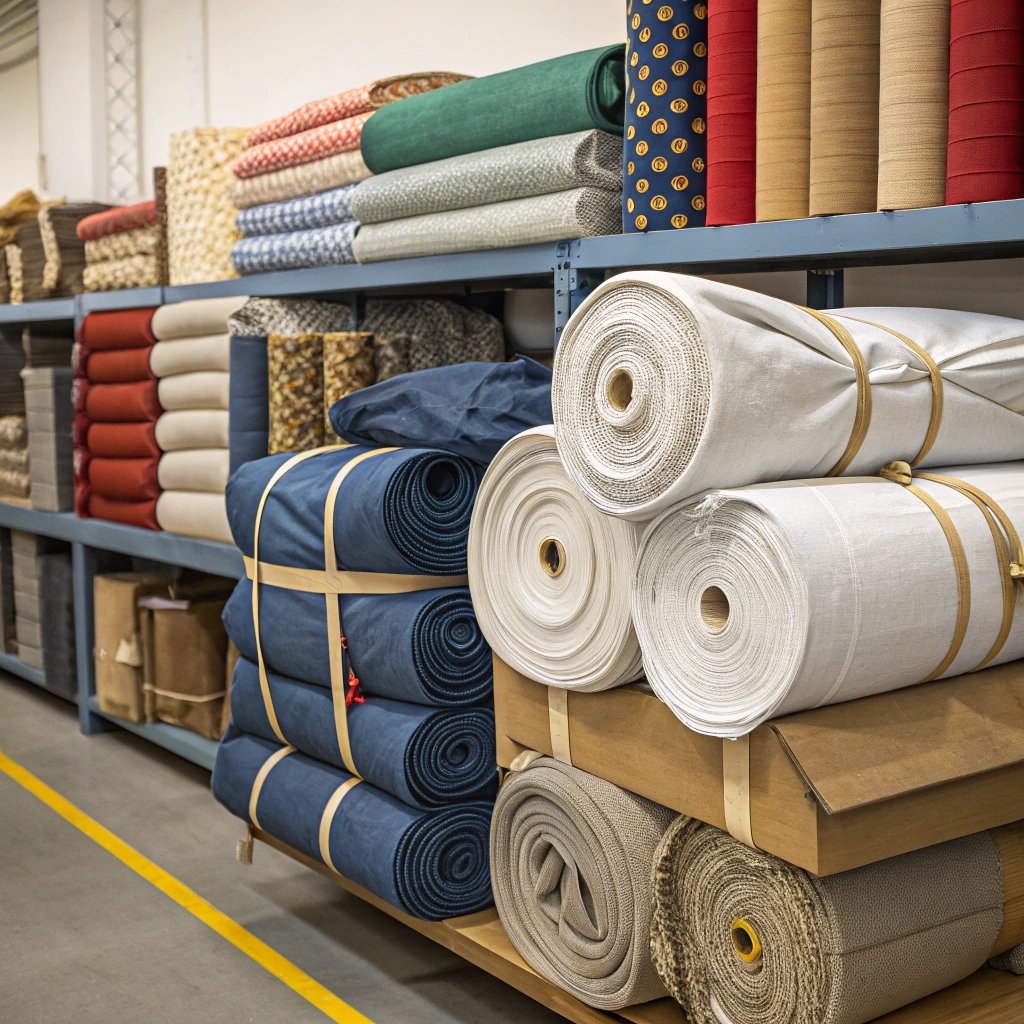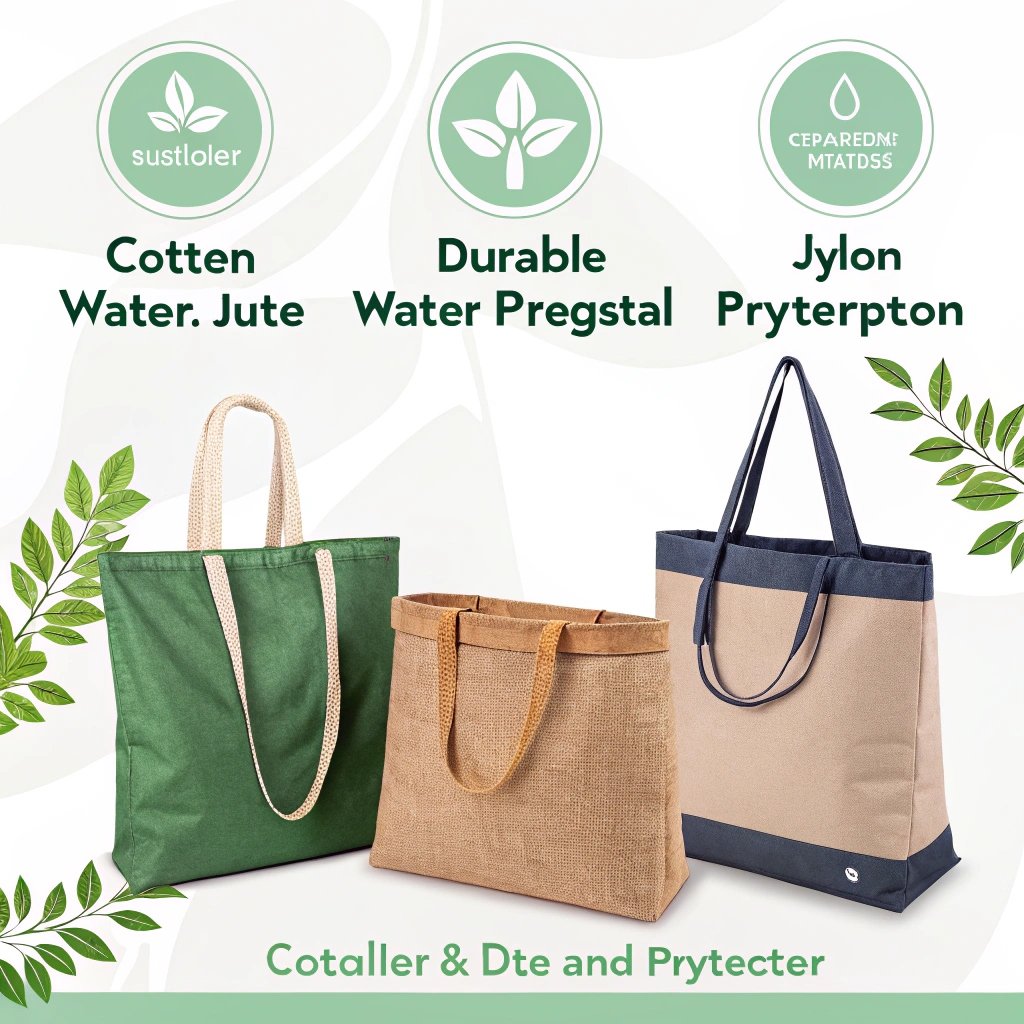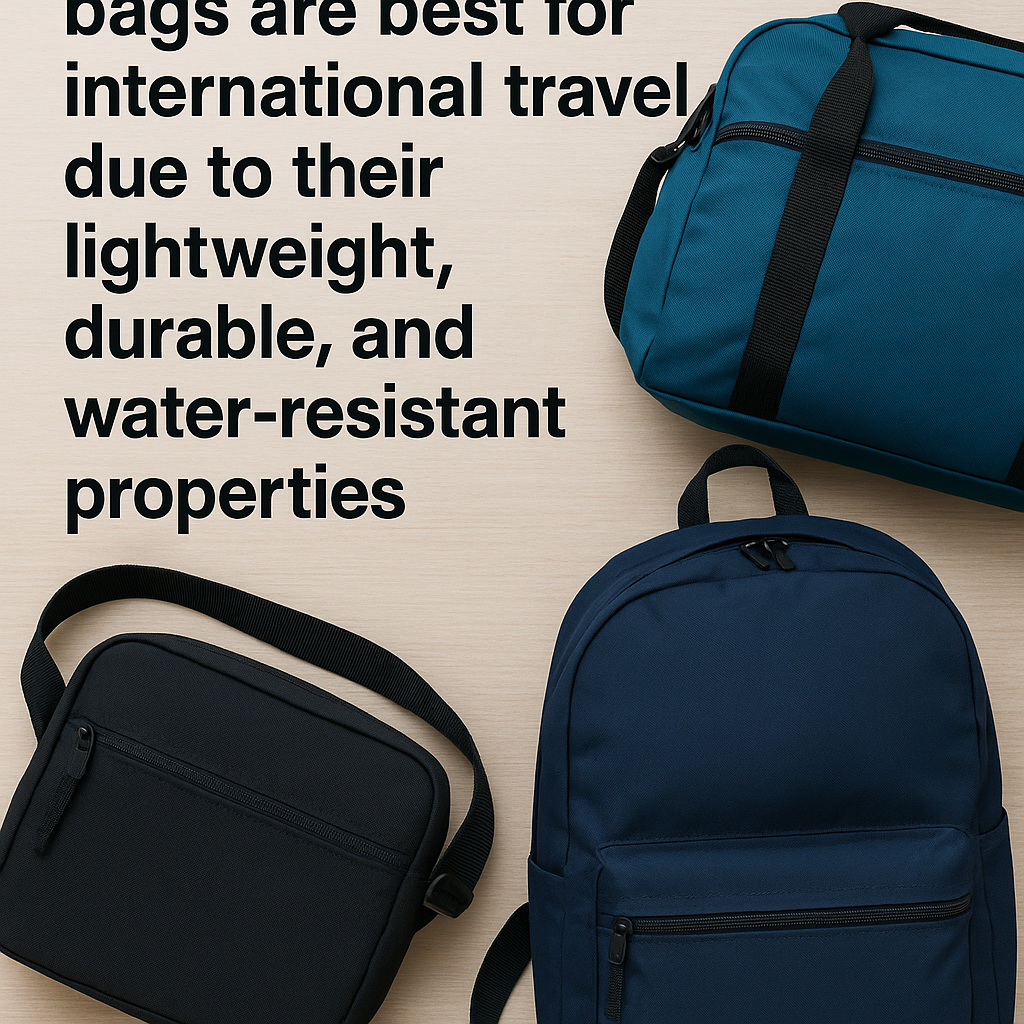Textile bags are becoming increasingly popular for their versatility and eco-friendliness. Made from fabric materials, these bags combine functionality with style, making them a go-to option for many consumers.
Textile bags1 are made from various fabrics like cotton, polyester, and jute. They are eco-friendly and durable, making them suitable for daily use.
Interested in learning more about the materials that make up textile bags? Let’s dive deeper into their benefits and characteristics.
What is Textile Material in Bags?
Textile material in bags refers to the fabric or cloth used in the bag's construction. This includes natural fibers like cotton or jute, as well as synthetic fibers like polyester or nylon. Textile bags offer a variety of options for different needs.
Textile materials for bags can be both natural (like cotton) and synthetic (like polyester), providing a range of options for durability, texture, and eco-friendliness.
Dive-Deeper: Types of Textile Materials in Bags
Textile materials can be woven, knitted, or non-woven, each offering different properties. Natural fibers like cotton are biodegradable and soft, making them ideal for casual and eco-friendly bags. Synthetic materials like polyester, on the other hand, offer greater durability and resistance to wear.
Cotton and canvas are popular choices for lightweight, breathable bags, while nylon and polyester are often used for bags requiring more structure and water resistance.
Popular Textile Fabrics for Bags
| Fabric | Durability | Feel | Eco-Friendliness | Common Uses |
|---|---|---|---|---|
| Cotton | Medium | Soft, breathable | High | Tote bags, shopping bags |
| Polyester | High | Smooth, durable | Low | Luggage, backpacks |
| Jute | High | Rough, natural | High | Eco-friendly bags |
| Canvas | High | Sturdy, smooth | Medium | Casual bags, beach bags |
What Type of Fabric is Best for Bags?
The best fabric for bags depends on the intended use. For everyday bags, cotton and canvas are excellent due to their balance of comfort and durability. For water-resistant or travel bags, synthetic fabrics like polyester or nylon are ideal.
The best fabric for bags depends on your needs: cotton for softness, canvas for durability, and polyester or nylon for water resistance and structure.
Looking for the right fabric for your next bag? Let’s explore the different options.
Dive-Deeper: Choosing the Right Fabric for Bags
Each fabric type has its strengths. For example, cotton is breathable and soft, making it great for light, casual bags. Canvas offers sturdiness, making it perfect for heavy-duty use. Synthetic fabrics like polyester and nylon are often chosen for their water-resistant qualities, making them ideal for travel or outdoor bags.
When selecting a fabric, consider the bag's function—whether it's for everyday use, travel, or fashion—and choose the fabric that best suits your needs.
Fabric Recommendations for Different Bag Types
| Bag Type | Recommended Fabric | Benefits |
|---|---|---|
| Everyday Tote | Cotton, Canvas | Soft, durable, casual |
| Travel Luggage | Nylon, Polyester | Water-resistant, sturdy |
| Beach Bag | Jute, Canvas | Eco-friendly, spacious |
| Fashion Handbag | Leather, Velvet | Stylish, premium feel |
How Do You Clean Textile Bags?
Cleaning textile bags depends on the fabric. Cotton and canvas bags can usually be machine-washed, while synthetic fabrics may require hand-washing or spot cleaning to preserve their shape and integrity.
To clean textile bags, follow the fabric’s care instructions. Machine wash cotton and canvas bags, but spot clean synthetic materials.
Looking for tips on keeping your bags fresh and clean? Read on for the best cleaning practices.
Dive-Deeper: Cleaning Techniques for Textile Bags
Cotton and canvas bags can typically be machine-washed on a gentle cycle. Be sure to dry them on low heat or air dry to avoid shrinking. For polyester, nylon, and other synthetic bags, hand wash with mild soap and water, avoiding harsh chemicals that may degrade the material.
Always check the care label on your bag for specific cleaning instructions to ensure its longevity.
Cleaning Tips for Different Fabrics
| Fabric | Cleaning Method | Drying Method |
|---|---|---|
| Cotton | Machine wash (gentle) | Air dry or low heat |
| Canvas | Machine wash (gentle) | Air dry |
| Polyester | Hand wash or spot clean | Air dry |
| Nylon | Hand wash or spot clean | Air dry |
What Are the Disadvantages of Cloth Bags?
While cloth bags are eco-friendly and reusable, they have some downsides. They can get dirty easily, require regular cleaning, and are generally less durable than plastic or leather bags.
Cloth bags, while eco-friendly, are more prone to staining, wear, and require more maintenance compared to other types of bags.
Let’s explore the cons of using cloth bags in more detail.
Dive-Deeper: The Drawbacks of Cloth Bags
The main disadvantage of cloth bags is their susceptibility to stains and dirt. Unlike plastic bags, which can be wiped clean, cloth bags absorb spills and can become difficult to clean over time. Additionally, cloth bags made from natural fibers like cotton or jute may lose their shape or degrade faster than synthetic materials.
However, cloth bags remain a popular choice due to their sustainability, making the trade-off worthwhile for eco-conscious consumers.
Disadvantages of Cloth Bags
| Disadvantage | Explanation |
|---|---|
| Susceptibility to dirt | Cloth absorbs dirt, which can be hard to remove |
| Less durability | Natural fibers can break down faster |
| Requires more maintenance | Regular washing is necessary for cleanliness |
What Kind of Material is Textile?
Textile refers to any fabric or material made by weaving, knitting, or felting fibers together. This includes natural fibers like cotton, wool, and jute, as well as synthetic fibers like polyester and nylon.
Textile is any fabric or material made from natural or synthetic fibers, used to create a variety of products including bags, clothing, and furnishings.
Curious about the types of textile materials? Let’s explore further.
Dive-Deeper: Natural vs Synthetic Textiles
Natural textiles like cotton and wool come from plants or animals, while synthetic textiles like polyester and nylon are made from petrochemicals. Natural textiles are generally more breathable and biodegradable, but they may require more care. Synthetic textiles, while less eco-friendly, tend to be more durable and water-resistant.
Each type of textile has its advantages, depending on the intended use and environmental considerations.
Types of Textile Materials
| Material | Source | Durability | Eco-Friendliness |
|---|---|---|---|
| Cotton | Plant (Cotton plant) | Medium | High |
| Polyester | Synthetic (Petrochemical) | High | Low |
| Wool | Animal (Sheep) | High | Medium |
| Jute | Plant (Jute plant) | Medium | High |
Is a Plastic Bag a Textile?
No, a plastic bag is not considered a textile. Textiles are made from fibers that are woven or knitted together, while plastic bags are made from synthetic polymers, which are not fibers.
Plastic bags are not textiles, as they are made from synthetic polymers, not fibers.
Let’s take a closer look at the difference between plastic and textile materials.
Dive-Deeper: Understanding Plastics vs Textiles
Textiles are made by weaving, knitting, or felting fibers into fabrics, while plastic bags are created by molding synthetic polymers into sheets. Textiles tend to be flexible, breathable, and sometimes biodegradable, whereas plastic bags are rigid, non-breathable, and non-biodegradable.
Are Purses Considered Textiles?
Purses can be considered textiles if they are made from fabric materials like cotton, canvas, or leather. However, if a purse is made from non-fabric materials like plastic, metal, or wood, it would not be classified as a textile.
Purses made from fabric materials like cotton or leather are considered textiles, while those made from plastic or metal are not.
Wondering whether your purse qualifies as a textile? Let’s clarify the difference.
Dive-Deeper: When a Purse is a Textile
Textiles are fabrics made from fibers, and when purses are crafted from materials like cotton, canvas, wool, or leather, they are considered textiles. On the other hand, if a purse is made from synthetic or rigid materials like plastic, acrylic, or metal, it falls outside the textile category.
What Textiles are Plastic?
Plastic textiles refer to fabrics made from synthetic polymers like polyester, nylon, and acrylic. These fabrics are woven or knitted into textile forms but are made from plastic-based materials.
Plastic textiles are fabrics made from synthetic polymers like polyester, nylon, and acrylic, offering durability and resistance to water.
Interested in knowing more about plastic-based textiles? Let's explore.
Dive-Deeper: Plastic-Based Textiles
While plastic textiles are not biodegradable, they are durable, resistant to water, and often more affordable than natural fabrics. Polyester, nylon, and acrylic are common plastic textiles used in everything from clothing to bags, offering strong, water-resistant options. However, they do come with environmental challenges due to their non-biodegradable nature.
What Are Textile Packs?
Textile packs are bundles of fabric materials, often used in the garment or bag-making industry. These packs contain pre-measured amounts of fabric and are used by manufacturers for bulk production.
Textile packs contain bundles of fabric materials used in manufacturing products like bags, garments, and home textiles.
Curious how textile packs are used in production? Let’s explore.
Dive-Deeper: Textile Packs in Manufacturing
Textile packs are essential for large-scale manufacturing processes, providing manufacturers with the necessary fabric for making bags, clothing, and other textile-based items. These packs help streamline production by ensuring consistent fabric measurements and simplifying the manufacturing workflow.
What Is the Best Material for Shopping Bags?
The best material for shopping bags depends on the shopper's needs. Cotton and jute are great for eco-conscious consumers, while nylon and polyester are better for durability and water resistance.
Cotton and jute are ideal for eco-friendly shopping bags, while nylon and polyester provide durability and water resistance.
Wondering which fabric suits your shopping needs? Let’s dive deeper into the best materials for shopping bags.
Dive-Deeper: Best Materials for Shopping Bags
For eco-friendly shoppers, cotton and jute are top choices due to their biodegradability. For durability and water resistance, synthetic materials like polyester and nylon are preferred. Consider the bag's primary function—whether it's for light, casual use or heavy-duty, long-lasting performance.
Which Bag Material is Best for International Travel?
For international travel, nylon or polyester bags are the best choice due to their durability, water resistance, and lightweight nature. These materials can withstand rough handling and are easy to clean.
Nylon and polyester bags are best for international travel due to their lightweight, durable, and water-resistant properties.
Curious about the best material for travel bags? Let's explore further.
Dive-Deeper: Travel Bag Materials
Nylon and polyester are commonly used in luggage and travel bags due to their strength, light weight, and ability to withstand the rigors of travel. Both materials are water-resistant, protecting your belongings from rain and spills during your journey.
What Do You Call the Fabric Inside a Bag?
The fabric inside a bag is typically called the lining. Lining is added to bags to enhance their appearance, provide structure, and make the bag easier to clean.
The fabric inside a bag is called the lining, which adds structure, durability, and aesthetic appeal.
Want to learn more about bag linings? Let's dive into this essential component.
Dive-Deeper: Types of Lining Fabrics
Lining fabrics are usually made from soft materials like cotton, polyester, or satin, depending on the bag's design and intended use. For durability, nylon or canvas linings are often used in larger bags, while silk or satin may be used in more luxurious handbags.
Conclusion
Textile bags offer a sustainable, versatile, and durable option for everyday use. With a range of materials like cotton, polyester, and jute, there's a fabric for every need, from shopping to travel.
-
Textile bags are made from various natural and synthetic fibers, providing options for durability, texture, and eco-friendliness. ↩

